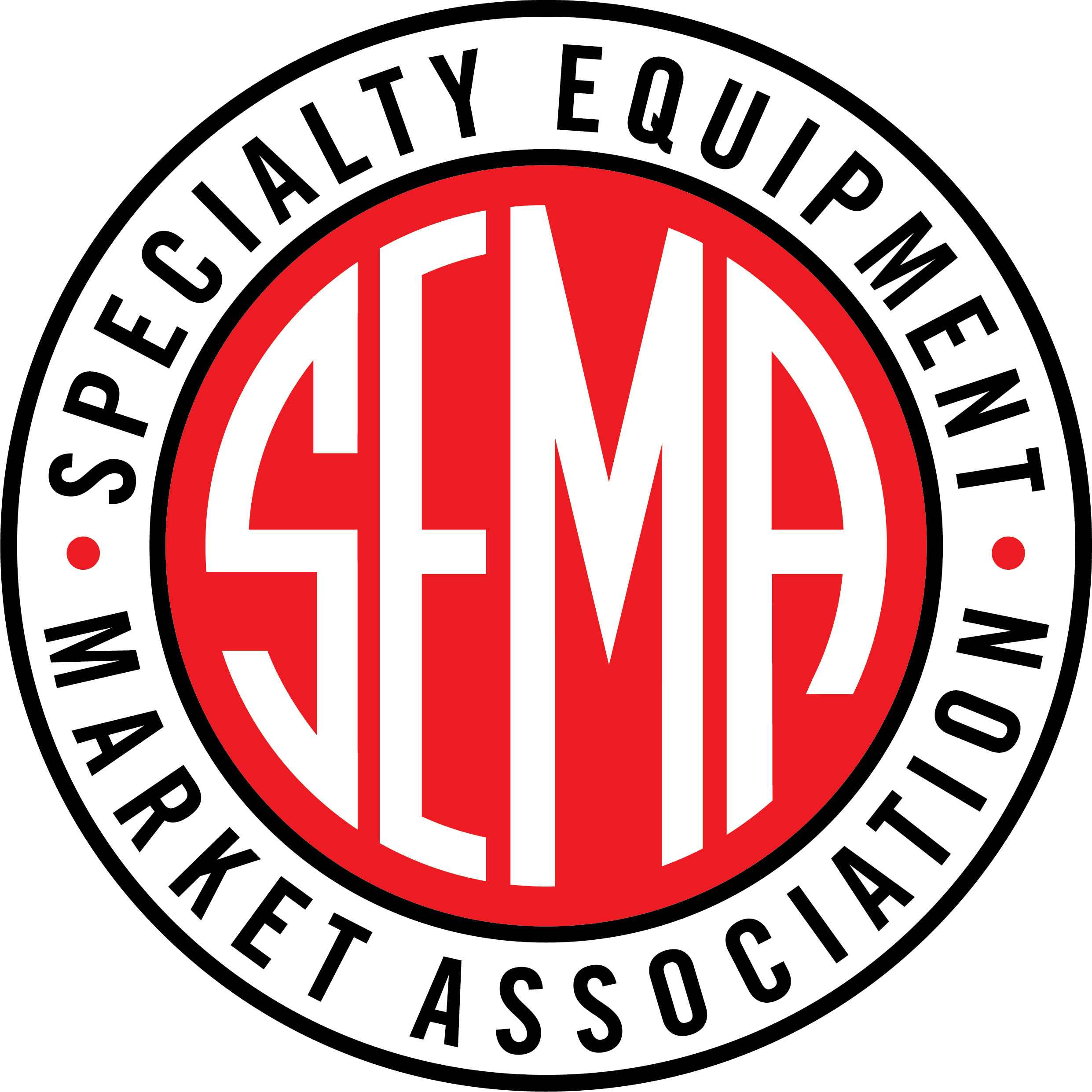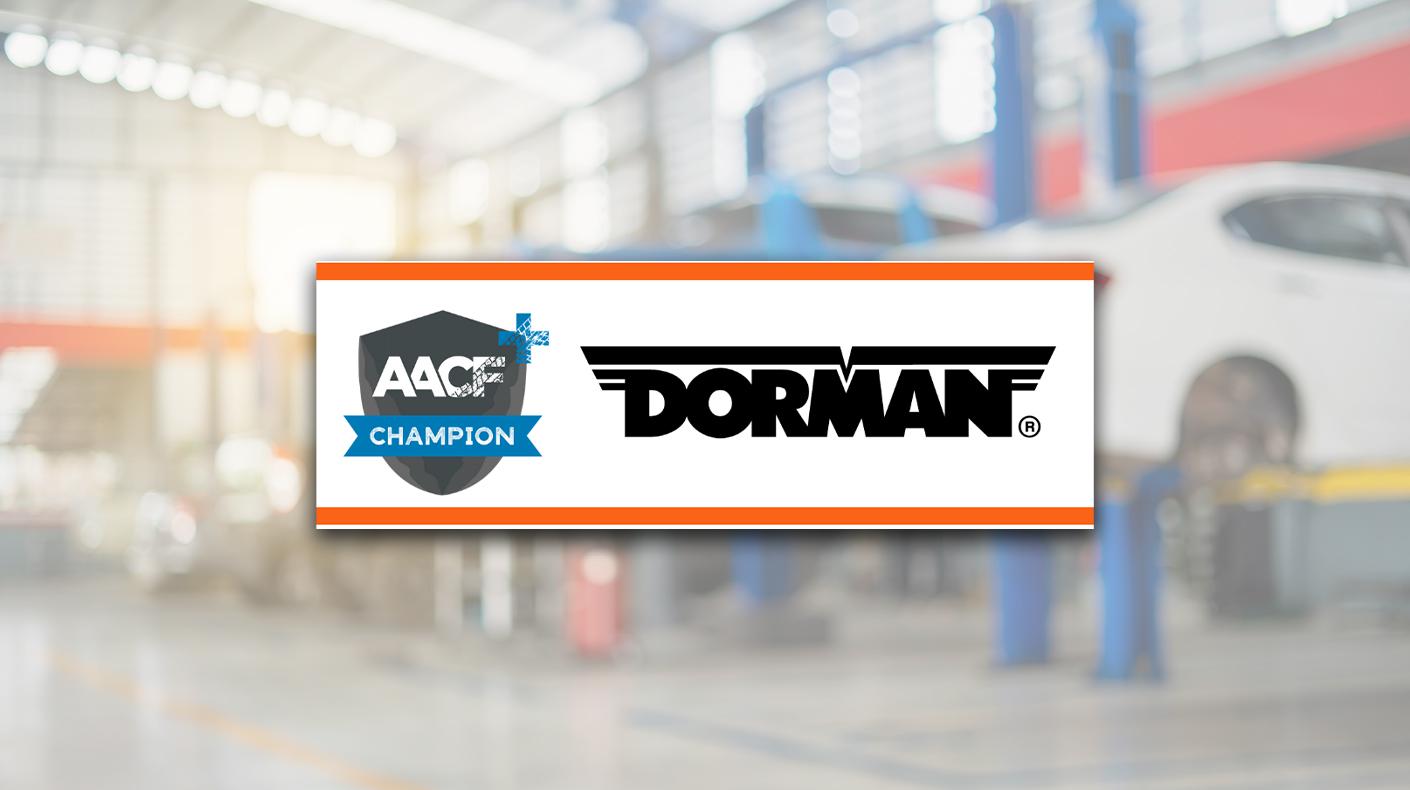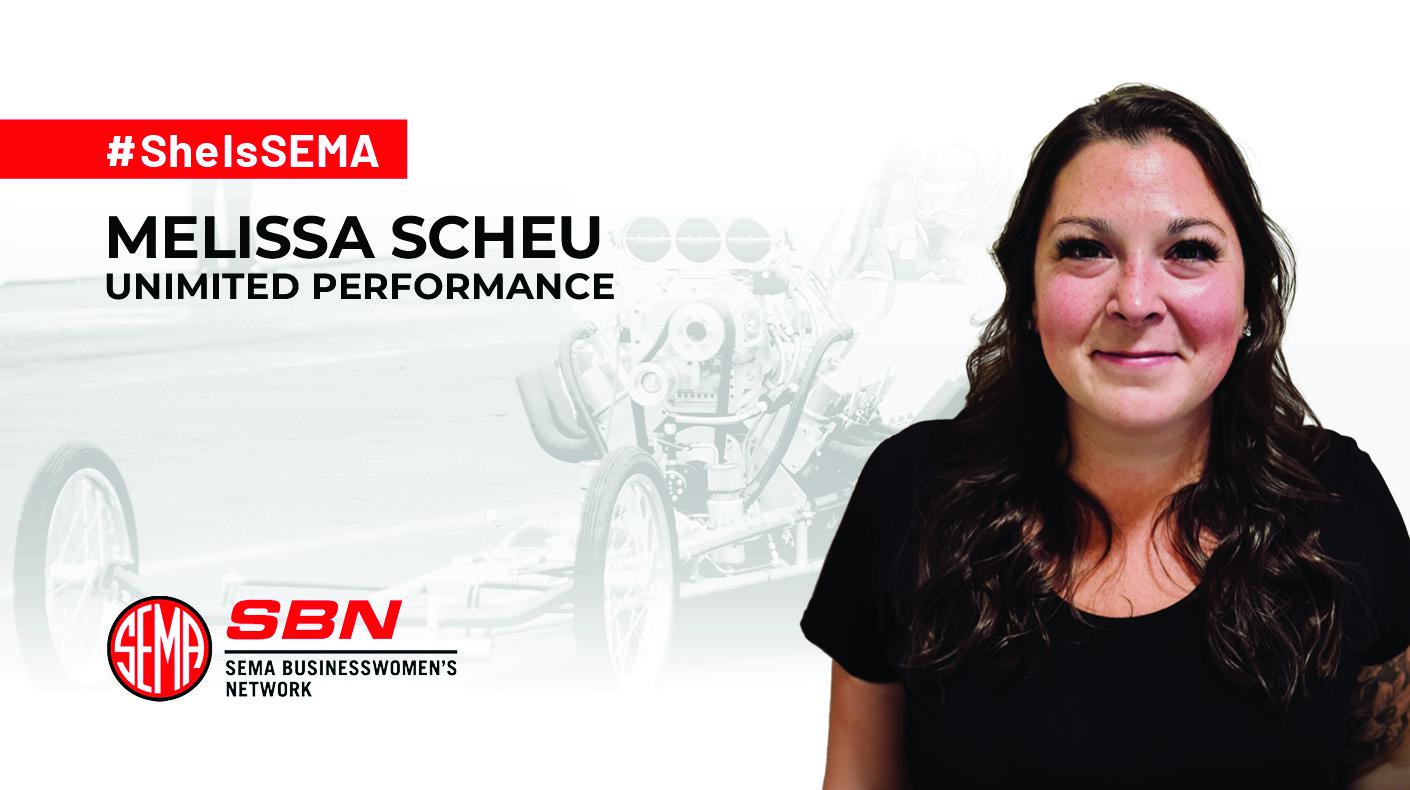By SEMA Washington, D.C., Staff
The U.S. Environmental Protection Agency (EPA) is lowering the ozone pollution standard limit to 70 parts per billion (ppb) from the current 75 ppb standard. Ozone is created by emissions, such as nitrogen oxides and volatile organic compounds. The EPA contends that the stricter standard is needed to address asthma and other respiratory problems it associates with exposure to ground-level ozone, also known as smog.
The deadlines for implementation will be staggered over many years based on whether a region is already complying with the current rule or still struggling to meet the 1997 standard of 84 ppb. Subject to EPA oversight, states and local municipalities would decide which pollution-control methods to pursue to bring their region into compliance. While there are many ozone contributors, stationary sources, such as utilities, factories and refineries would be a primary target for requiring new pollution-control measures.
For more information, contact Stuart Gosswein at stuartg@sema.org.
Advocacy
President Trump Proposes Rollback on Fuel-Economy Standards
December 4, 2025 | Vol. 28, No. 49
View Article





